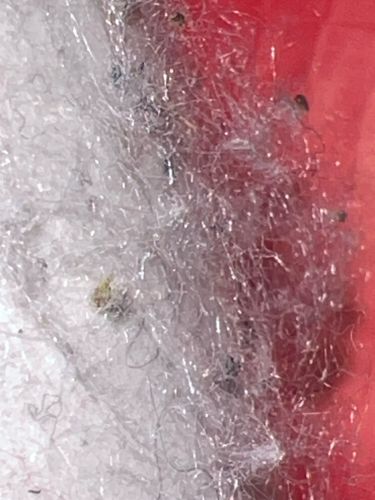Dust mites
Scientific Name: Dermatophagoides spp.
Order & Family: Astigmata, Pyroglyphidae
Size: Approximately 0.2-0.3 mm (0.008-0.012 inches) in length, invisible to the naked eye.

Natural Habitat
Dust mites primarily live in human dwellings, particularly in mattresses, carpets, upholstered furniture, and bedding where they feed on dead skin cells. They thrive in warm, humid environments.
Diet & Feeding
Dust mites feed primarily on shed human and animal skin flakes (dander). They do not drink water but absorb moisture from the air, which is why humidity is crucial for their survival.
Behavior Patterns
Dust mites are microscopic arachnids that are not insects. They are non-parasitic and do not bite or sting. They reproduce rapidly, especially in favorable conditions, with females laying up to 100 eggs in their lifetime. Their life cycle from egg to adult is about 3-4 weeks. They are largely sedentary, moving slowly through their fiber-rich habitats.
Risks & Benefits
Dust mites are a major allergen, and their fecal matter and body fragments can trigger allergic reactions and asthma symptoms in sensitive individuals. Common symptoms include sneezing, runny nose, itchy eyes, and skin rashes. They pose no direct physical harm (e.g., biting, stinging) to humans. There are no known significant benefits from dust mites.
Identified on: 10/22/2025